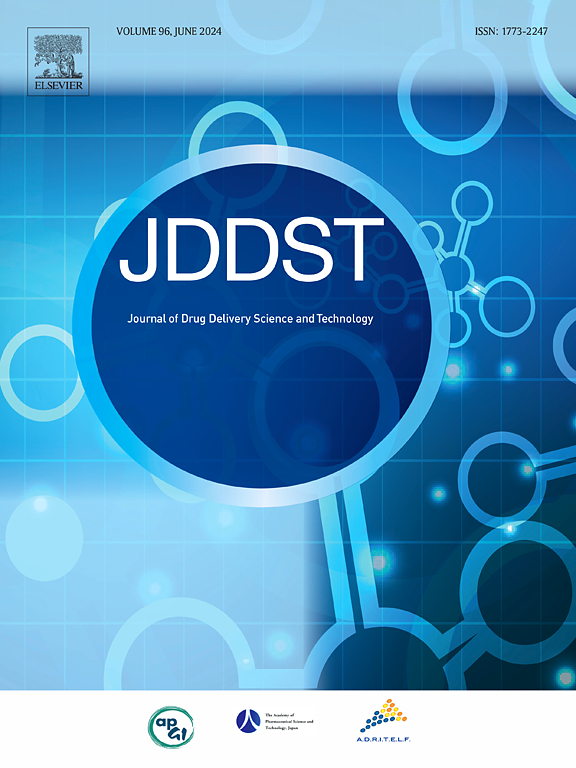Unveiling nanotech's potential in the treatment of skin cancer: A bibliometric and patent review
IF 4.5
3区 医学
Q1 PHARMACOLOGY & PHARMACY
Journal of Drug Delivery Science and Technology
Pub Date : 2025-04-01
DOI:10.1016/j.jddst.2025.106878
引用次数: 0
Abstract
Skin cancer is the most prevalent form of cancer, and its primary treatment methods include surgery, chemotherapy, radiotherapy, and immunotherapy. However, there are often challenges related to the effectiveness and adverse side effects. Nanotechnology has emerged as a valuable ally in addressing these limitations with its distinct targeting properties, as it reduces systemic toxicity in chemotherapy, minimizes radiation damage to healthy tissue in radiotherapy, and increases the precision and efficacy of immunotherapy by delivering immunomodulatory agents directly to the tumor microenvironment. The present review examined a range of patents for the treatment of melanoma, the main skin cancer, using polymeric, lipid, and metallic nanoparticles. By combining these nanocarriers with active compounds and ligands, researchers were able to enhance the therapeutic impact against melanoma. Moreover, leading nations in innovation such as China, India, and the United States have significantly contributed to advancements in this area. The utilization of nanotechnology in treating complex diseases like cancer, particularly melanoma, has been increasingly prominent. Numerous researchers and organizations are focused on creating personalized nanotherapies for skin cancer. With the rise of this technology, it is crucial to explore concerns related to long-term effectiveness, pharmaceutical stability, potential side effects, and underlying mechanisms of action.

求助全文
约1分钟内获得全文
求助全文
来源期刊
CiteScore
8.00
自引率
8.00%
发文量
879
审稿时长
94 days
期刊介绍:
The Journal of Drug Delivery Science and Technology is an international journal devoted to drug delivery and pharmaceutical technology. The journal covers all innovative aspects of all pharmaceutical dosage forms and the most advanced research on controlled release, bioavailability and drug absorption, nanomedicines, gene delivery, tissue engineering, etc. Hot topics, related to manufacturing processes and quality control, are also welcomed.

 求助内容:
求助内容: 应助结果提醒方式:
应助结果提醒方式:


